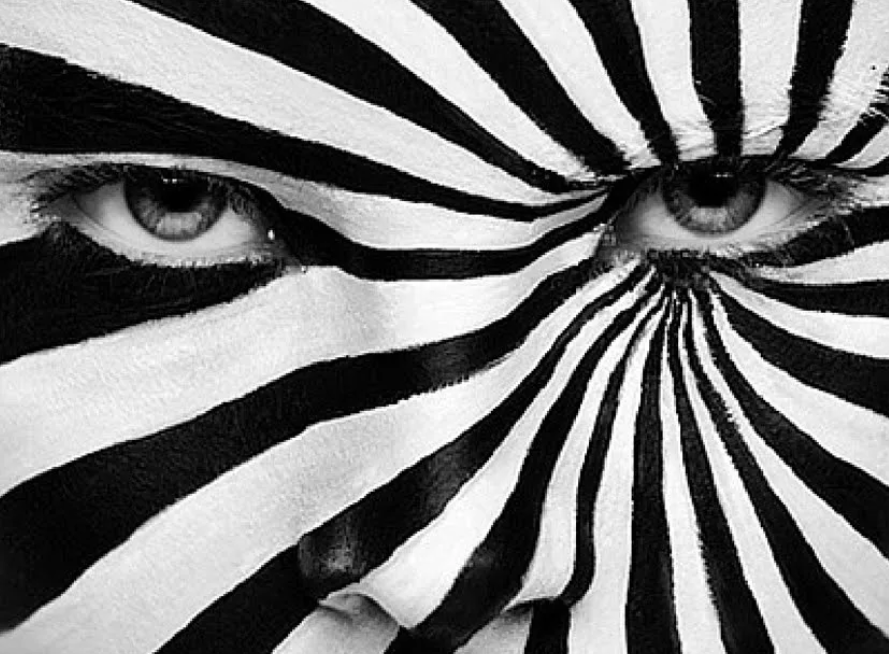Betty Erickson’s Self-Hypnosis Technique
Self-hypnosis is a powerful tool for personal development and relaxation. Betty Erickson, a renowned hypnotherapist, developed a simple and effective method that anyone can use. Here’s a step-by-step guide to practicing her self-hypnosis technique.
1. Get Comfortable
Find a position you can easily maintain for the entire session. You can sit or lie down (sitting is often better to prevent falling asleep). Sit up straight, look ahead, and breathe slowly and easily. Allow yourself to relax.
2. Set the Time
Decide how much time you want to spend and tell yourself, for example: “I am going to hypnotize myself for 20 minutes.” You’ll be amazed at how accurately your “internal clock” keeps track of the time for you.
3. Set Your Intention
Now, state your purpose for entering self-hypnosis. In this process, you allow your subconscious to work toward a goal, rather than following a sequence of suggestions. So, your goal should reflect this. For example: “…with the intention of allowing my subconscious to make the necessary adjustments to help me…” Continue with what you want to achieve, such as: “develop more trusting relationships with people.” The exact words aren’t important; what matters is that you hand the process over to your subconscious.
4. Decide on Your Desired State Afterward
Tell yourself how you want to feel when you finish. In hypnosis, you often hear that you should return feeling “awake and alert,” but in real life, that might not be what you need. For example, if you’re doing self-hypnosis before bed, you might prefer to return “relaxed and ready for sleep.” If you’re doing it before an activity, you might want to come out of trance “motivated and energized.” Say to yourself: “And when I finish, I will feel…”
5. The Process
- Looking ahead, slowly notice three things you see, one at a time (visual channel). It’s best if these are small things (for example, a spot on the wall, a doorknob, etc.). Some people like to name them out loud: “I see a crack in the door frame.” If you don’t know what it’s called, just say, “I see that thing over there.”
- Next, shift your attention to the auditory channel and notice, one by one, three things you hear. (You’ll find this helps incorporate background sounds that might otherwise distract you.)
- Then, focus on your feelings and notice three sensations (kinesthetic impressions), switching from one to another slowly. It’s helpful to use sensations you usually don’t notice (for example, the weight of your glasses, the pressure of your watch strap, etc.).
- Continue the process with two things you see, two things you hear, and two sensations you feel.
- Continue (slowly) with one impression in each system.
You’ve now completed the “external” part of the process. It’s time to begin the “internal” part.
- Close your eyes.
- Bring up an image. Don’t force it. You can create an image or just use whatever comes up. It could be a point of light or a beautiful beach. If something appears on its own, use it. If nothing comes up, make something up, just like before (I usually see King Ludwig’s castle in Bavaria…).
- Pause for a moment and allow yourself to notice a sound, or create one in your mind, and name it. Although this is technically the “internal” part, if you hear a sound from outside or in the room, use it—that’s fine. Remember, the idea is to incorporate what you perceive so it doesn’t distract you.
- Next, notice and name a feeling. It’s best to do this internally, using your imagination. (For example: I feel the summer sun warming my hands.) But if a real physical sensation catches your attention, use that.
- Repeat the process with two images, then two sounds, then two feelings.
- Repeat the entire cycle again, using three images, three sounds, and three sensations.
6. Finishing the Process
During this process, it’s common to “zone out” or lose awareness. At first, some people think they fell asleep. But usually, you’ll find that you automatically return at the end of the set time. This is a sign that you weren’t asleep and that your subconscious was doing what you asked.
Note:
Many people don’t make it to the end of the process. That’s normal. If you finish before your set time is up, continue with four images, sounds, and feelings, then five, and so on. As for your goal, trust that your subconscious is working for you “in the background” throughout the process.



